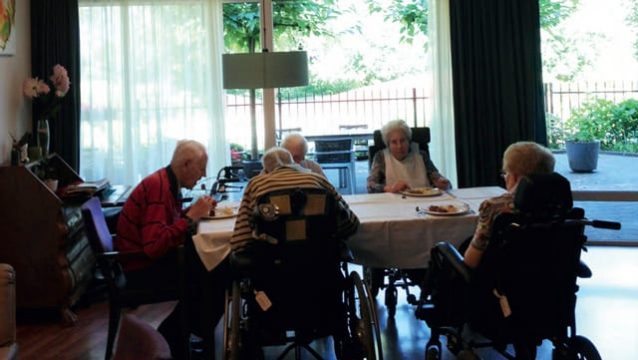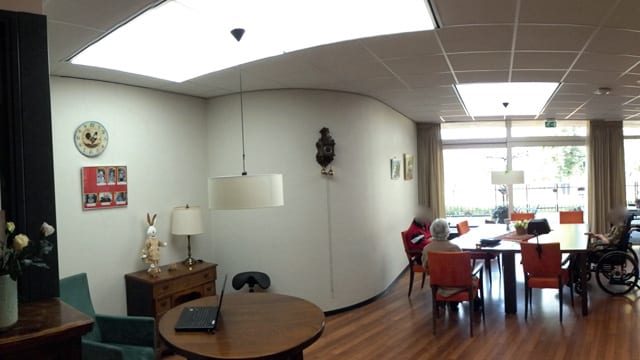Summary situation analysis on lighting for health and well-being
Light affects our well-being and health much more than most people realize. Light sets our body clock, thus regulating our sleep-wake cycle, immune responses, appetite and many more of our functions and behaviors. Next to this, light has acute effects on mood, alertness and attention that do not run via the body clock and its 24 hour (circadian) rhythmicity. All these so called non-image forming effects of light are largely overlooked in the current lighting practice, which is dominated by visual aspects. Although our current understanding of the non-visual effects of light is far from complete, continuing to neglect these non-visual effects of light in lighting-standards, -recommendations, -designs, and –installations is potentially more harmful then including them.
The non-visual effects of light depend critically on the intensity, the duration and the spectral composition of the light. Also the prior light exposure and the timing of the exposure determine the kind and size of the non-visual effects that can be achieved. Not only the absolute light level, but also the relative light level in comparison to prior light exposure and/or the concurrent ambient light determine the extent of non-visual effects. A person coming from dimmer light may be expected to show stronger responses to subsequent light exposure than a person that had a brighter preceding light exposure.
Interior lighting designs have to provide optimal illumination to support image as well as non-image forming functions. In order to fulfill this, light conditions will have to be changed across the day using dynamic approaches to control and adapt the spectral content, intensity, duration and timing of thelight during day and nighttime. Outdoor lighting can encourage physical outdoor activity, social life and recreation and can be used as an instrument to promote well-being, safety and a pleasant atmosphere in cities.

